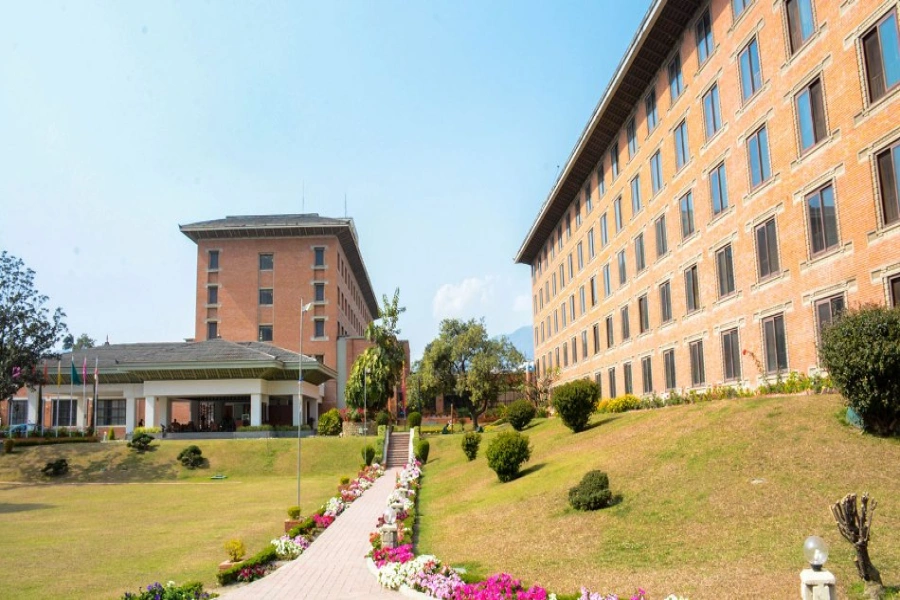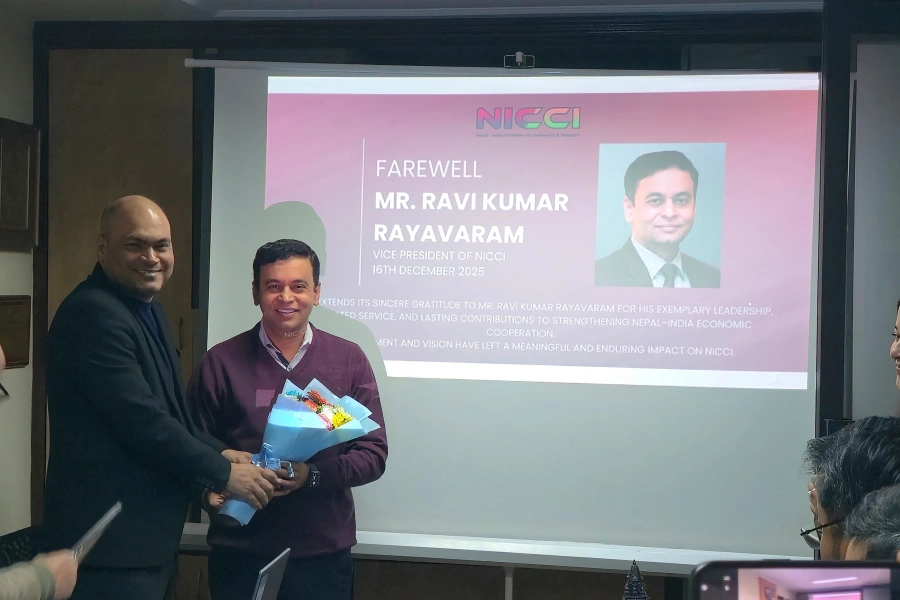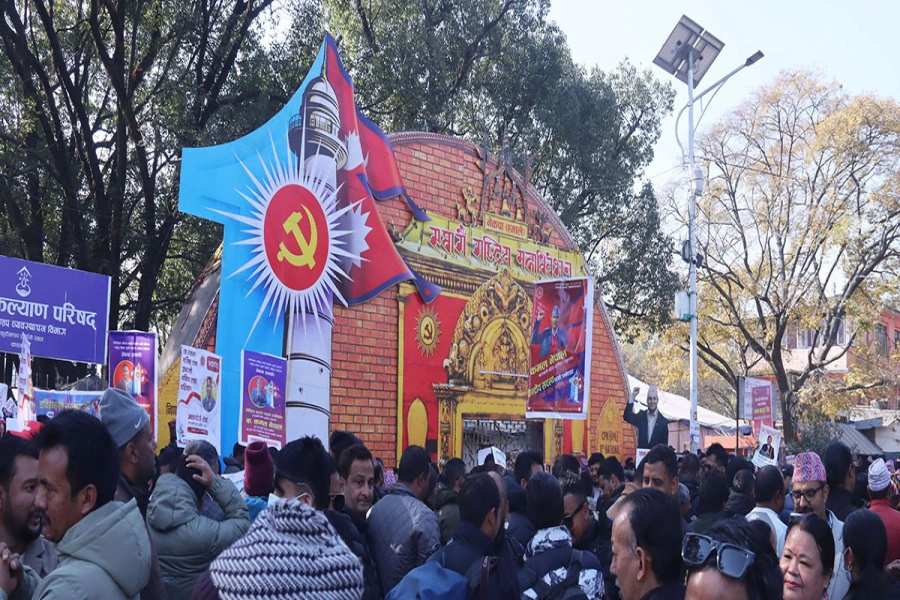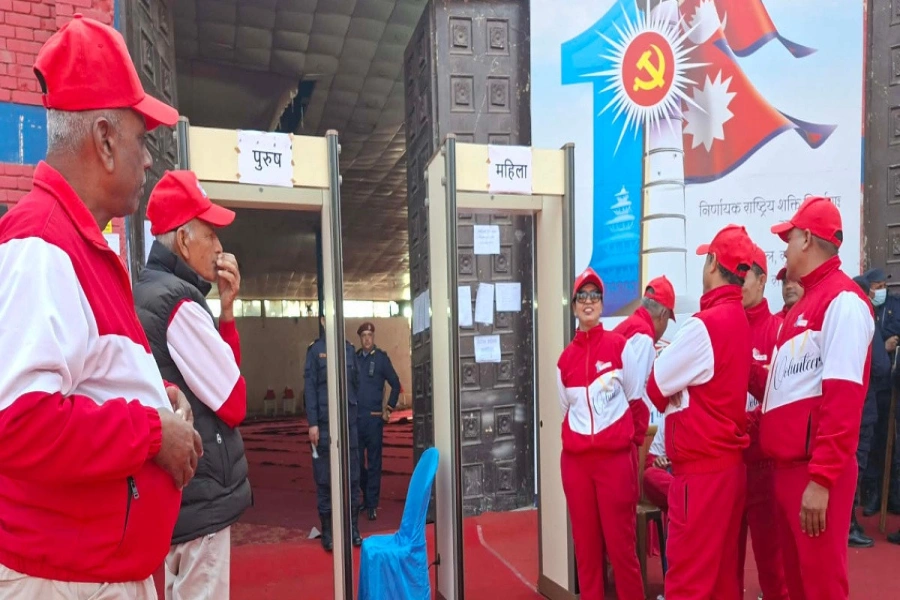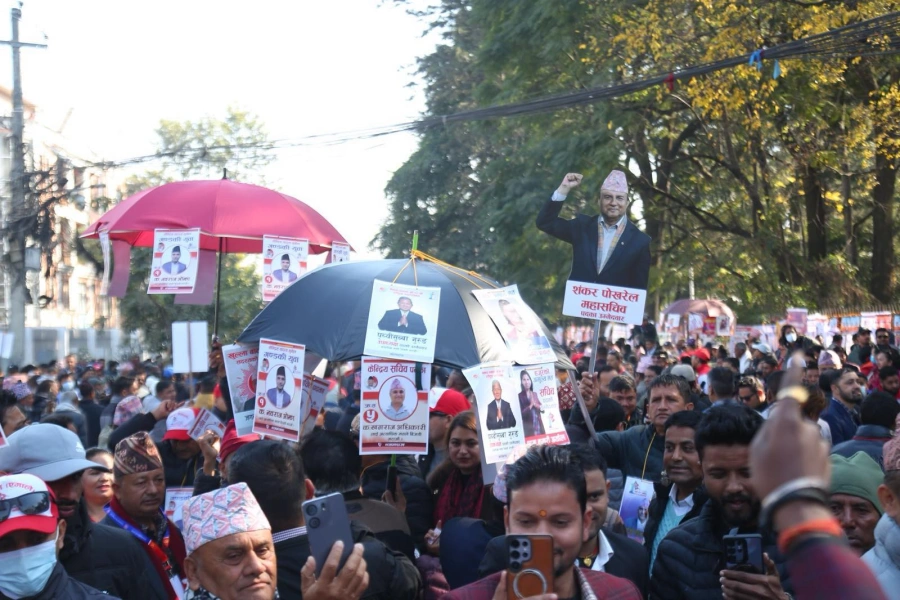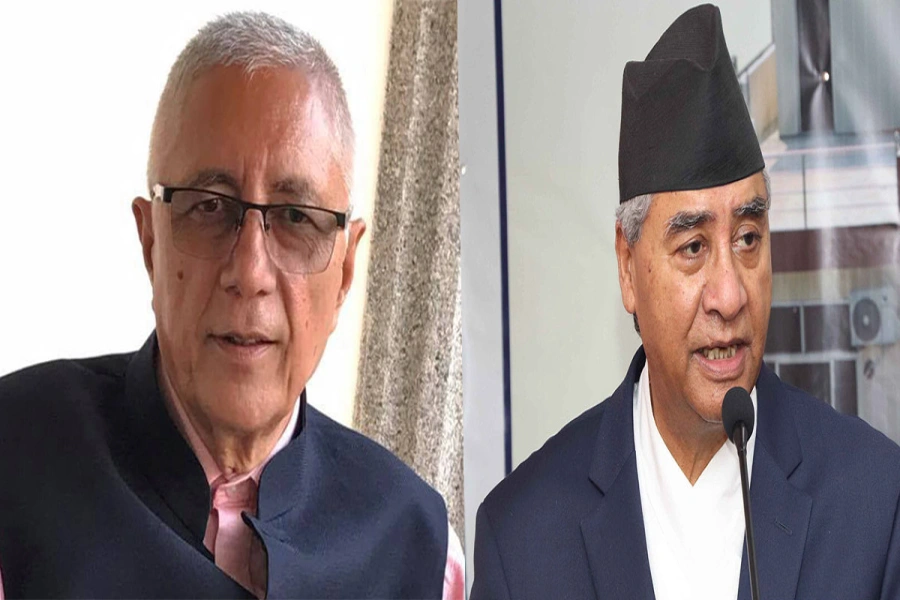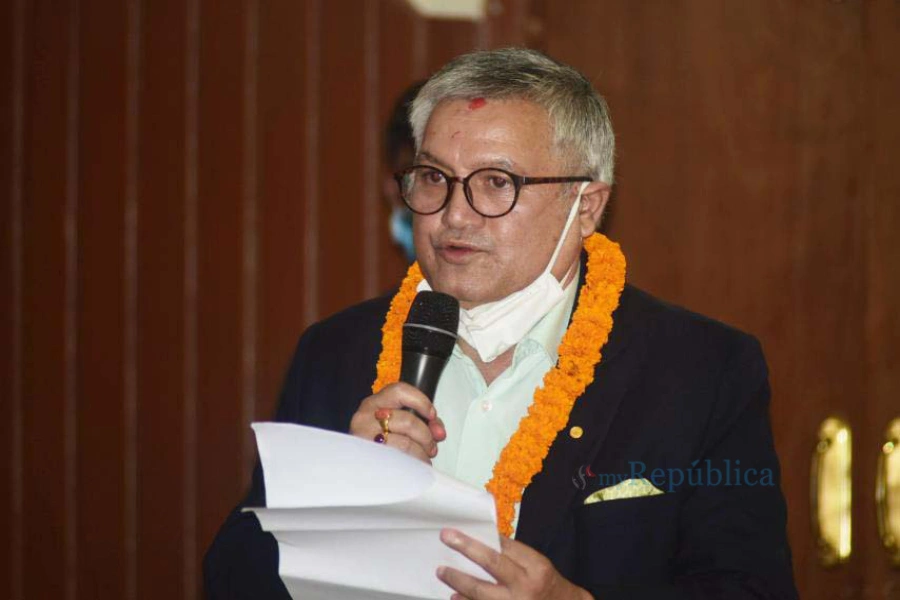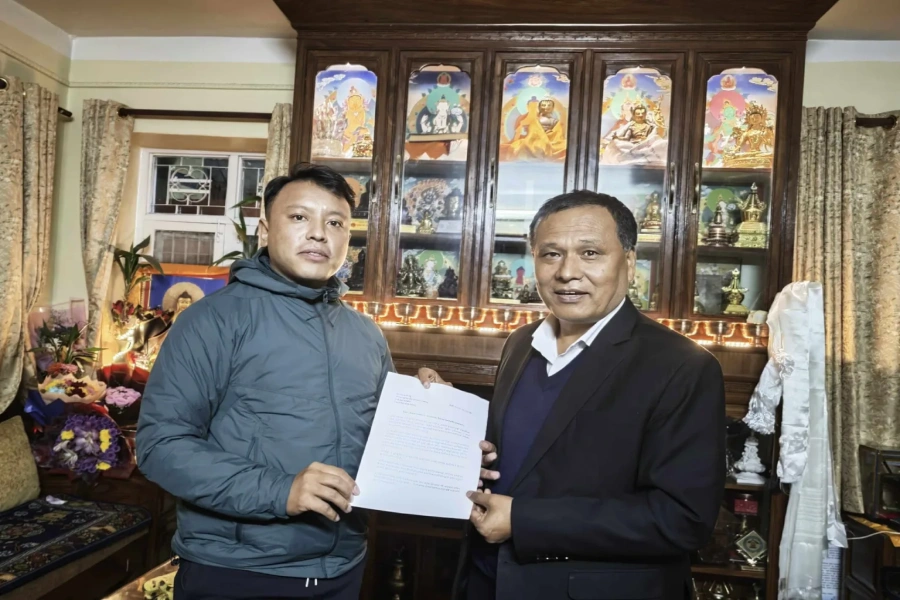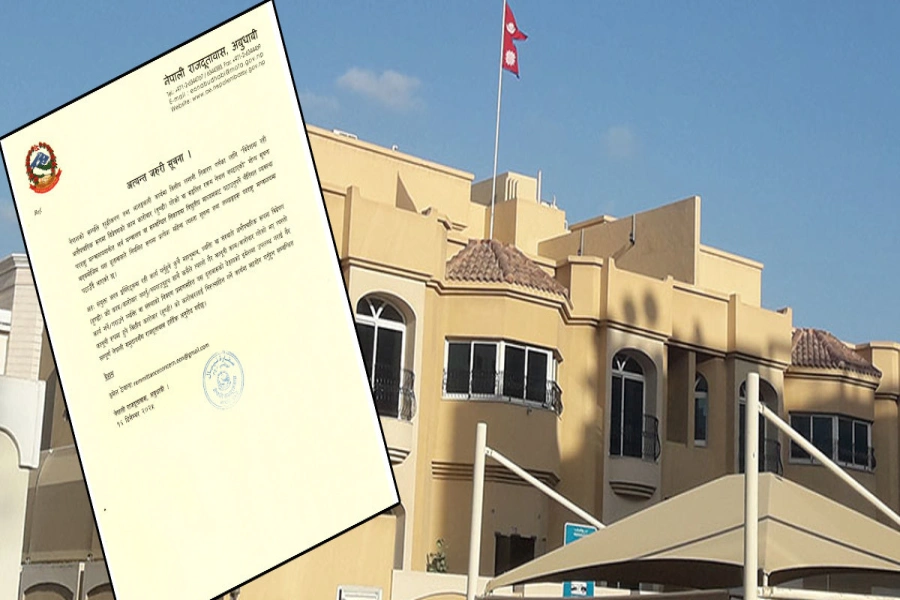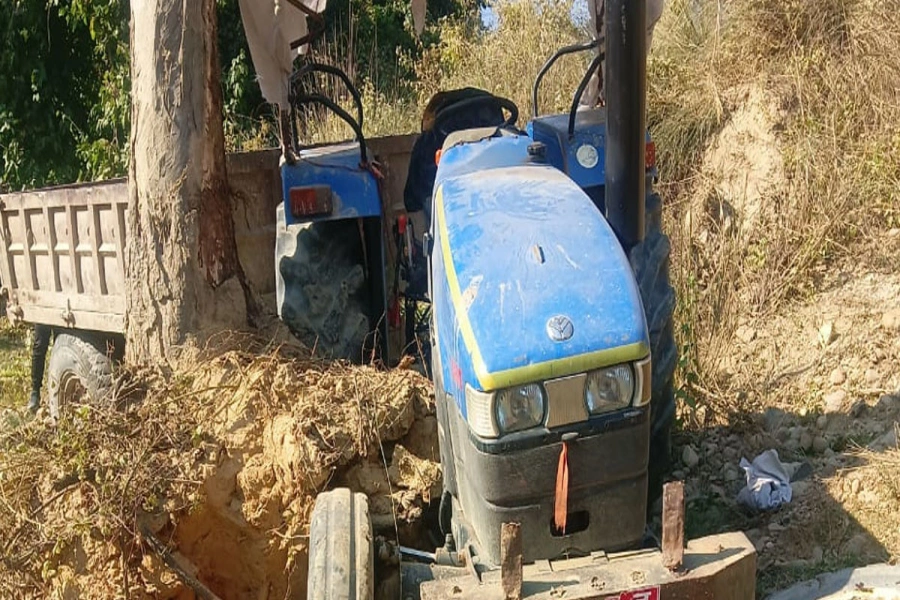Pablo Bartholomew has traversed an untiring journey as a photographer. Having spent over four decades in photography, he remembers acquiring early skills in visual art from his father at home. At just 19, he won the World Press Photo Award for his series ‘Morphine Addicts’ in 1975. Another prestige followed him in the form of ‘Picture of the Year’ in 1984 for his work that showed a half-buried dead body of a child victim of the disastrous Bhopal Gas Tragedy. Also a 2013 Padma Shri recipient, he is currently in his official visit to Kathmandu as the Jury Chair for the 5th Edition of IME- Global IME Bank Photo Contest and Exhibition 2018 which is being organized by Photo Journalist (PJ) Club.
While in his official visit to Kathmandu, My City’s Sonam Lama rendezvoused with the photographer to gain insights into his four-decade-long journey of photography.
You started photography at an early age of 16. What made you pursue your passion?
I am school dropout. I left school at the age of 15, but in the meantime started learning photography at home. There was a dark-room that my father frequently used to develop photographs. He was principally an art critic and a writer. So, having learned the craft at home, it became easier to pursue photography.
What ails Nepal?

What drew you towards photography?
Photography gives me an opportunity to travel, see places, observe cultures, and understand the world even better. I started by taking photos of family and friends, then of the cities that I traveled to. It gave me the opportunity to record life in the 70’s. Now, when you look at it 40 years later, it presents a completely different picture of a certain kind of society. As a photographer, it gave me the opportunity to go under the surface and click the unknown faces of the country, which I felt was more important and impacting at the same time.
What is your forte?
I don’t know if there is a style but I am a documentary photographer. It has its associations with photojournalism. Despite working as a documentary photographer and a photojournalist, I prefer calling myself a photographer because there are many diverse sectors I have worked in. So, there are many different ways that I have been engaged with photography. I cannot put my works down in one category.
What message do you want to portray through your work?
I prefer experimenting with my ideas. I try documenting the changing culture. It is one of the key things that my photography closely depicts. We all are aware that as the modern world step in, our tradition and cultural values gradually loses. Even here at Durbar Marg, all the international brands have started consuming space, therefore, challenging the tradition.
In more than a four-decade-long journey what challenges have you overcome and what are you yet struggling with?
The real struggle is to keep yourself financially stable to continue the work that you want to do. When you are younger, it is difficult because you are not known and this is something any young photographer who wants to succeed has to face. As a freelancer, there are very little ways of making money. Even though I may be successful now, there are certain financial barriers that still challenge my work.
Where do you think the essence of photography lies?
I think the pleasure really lies in watching, observing and capturing moments. However, problems often arise in the process of completing your work under a specified time or strict deadline. You end up stressing out from work. Photography can be a boring job too at times, but the vigor to deliver your best should always be understood. The pleasure thus lies in looking at life, studying new places, observing the culture and witnessing its shift with the lapse of time.
What advice would you want to give to young aspirers seeking their career in photography?
Photography may not provide financial benefits per your expectations. If you are passionate about photography, you should use that as a way to express your visions and creativity. No matter what other works you might engage yourself in, take time off and use it as an expression of your self-interest. The idea is to crave to grow better and do something which is beyond an ordinary day job.



